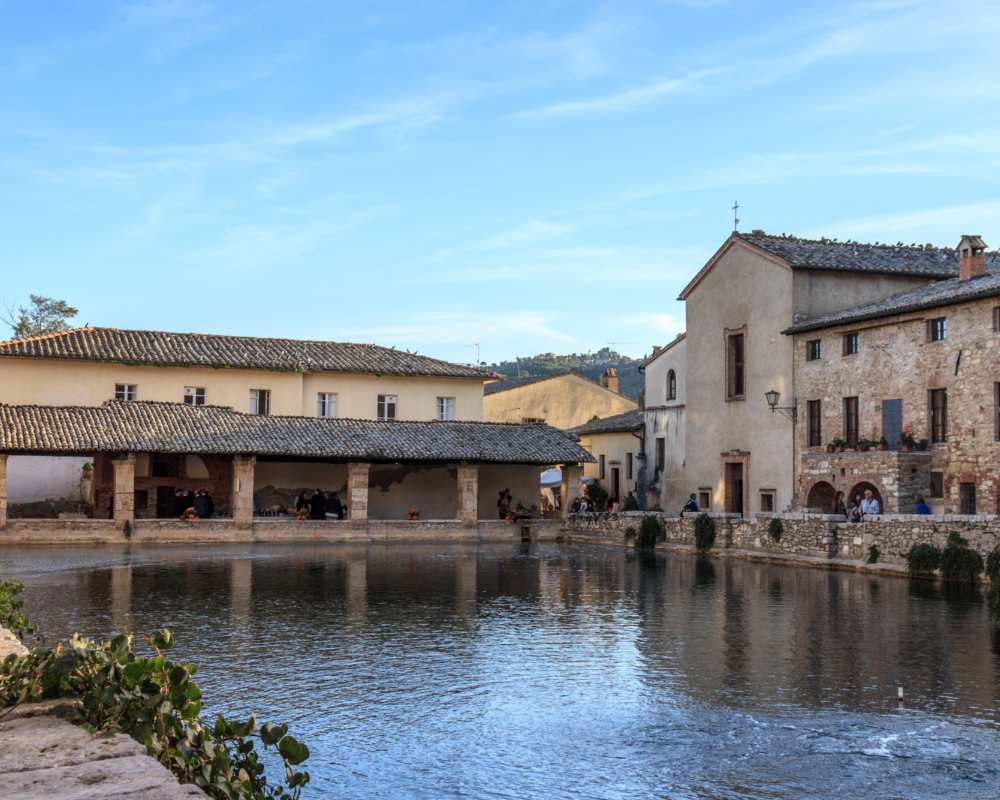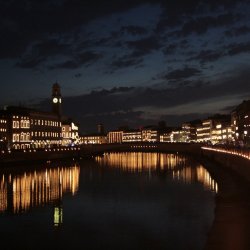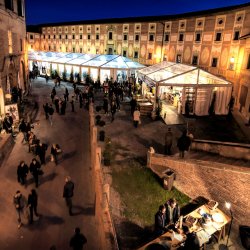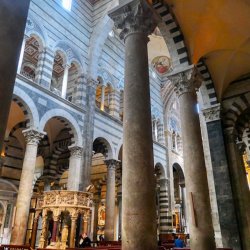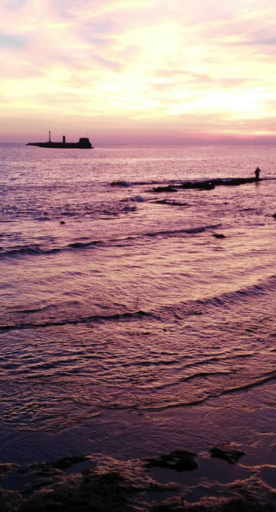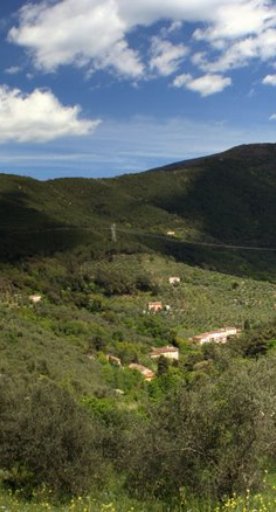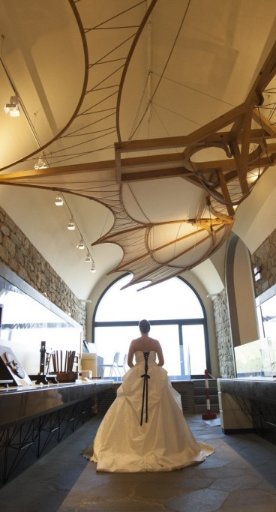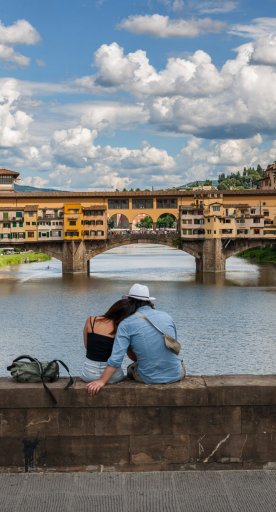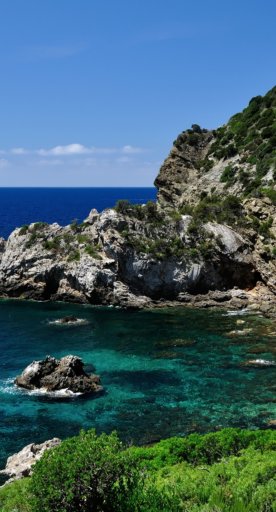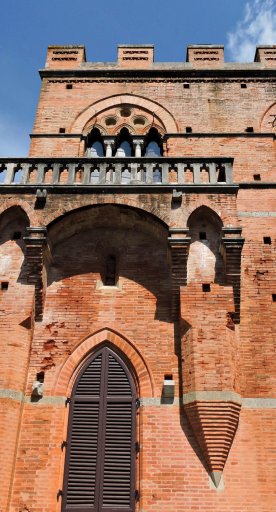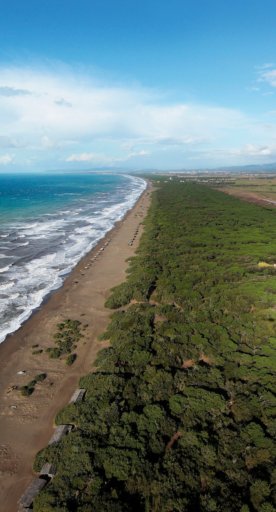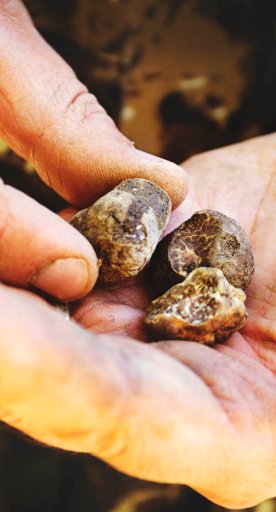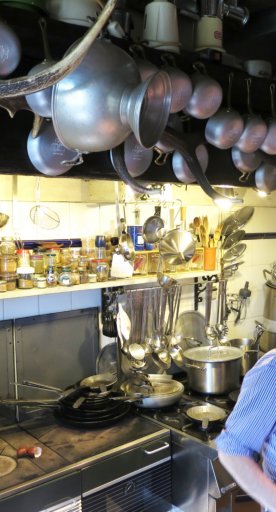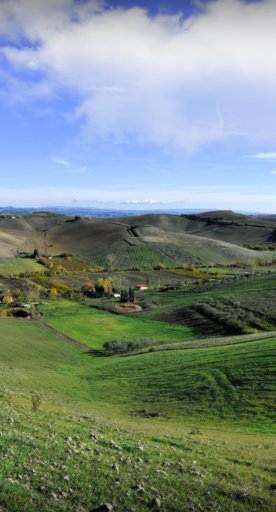
Bathing in thermal waters, with history all around!
Relaxing in the Tuscan spas also means immersing yourselves in centuries of history
Probably there is no need to find another good reason to go and enjoy one of the many thermal centers in Tuscany: hot springs and therapeutic waters, beautiful settings, massages and cuddles, relaxation, healthy food… but maybe there is one more good reason!
In fact, some of the thermal establishments are worth a visit also from a natural, historical or artistic point of view. Here is a small selection.
-
1.Terme di Tettuccio – Montecatini Terme
-
2.Grotta Giusti – Monsummano Terme
-
3.Bagni di Pisa – San Giuliano Terme
-
4.Bagno Vignoni
Terme di Tettuccio – Montecatini Terme
The therapeutic properties of the waters of this area were already known in Roman time (and they were scientifically proved in 1427, by the founder of the Italian Medical Hydrology, Ugolino da Montecatini).
The first establishments were built during the 15th century, including the one that would later be known as Il Tettuccio, with its typical loggia at the edge of the pool. The buildings were later restored by Cosimo I of the Medici family and again, after a long time of neglect and decline, by Gran Duke Pietro Leopoldo, who gave birth to the thermal town of Montecatini.
As for Tettuccio, considered the true symbol of the town, it was also rebuilt. Today, you can admire the façade created in 1928 by architect Giovannozzi: it is made with Monsummano travertine and features Carrara marble statues. Inside the building there are huge colonnades, halls covered with frescos and stucchi, beautiful gardens with centuries-old trees and rare plants.
Time has passed, but Montecatini Terme is still one of the most popular destinations for thermal spa lovers!
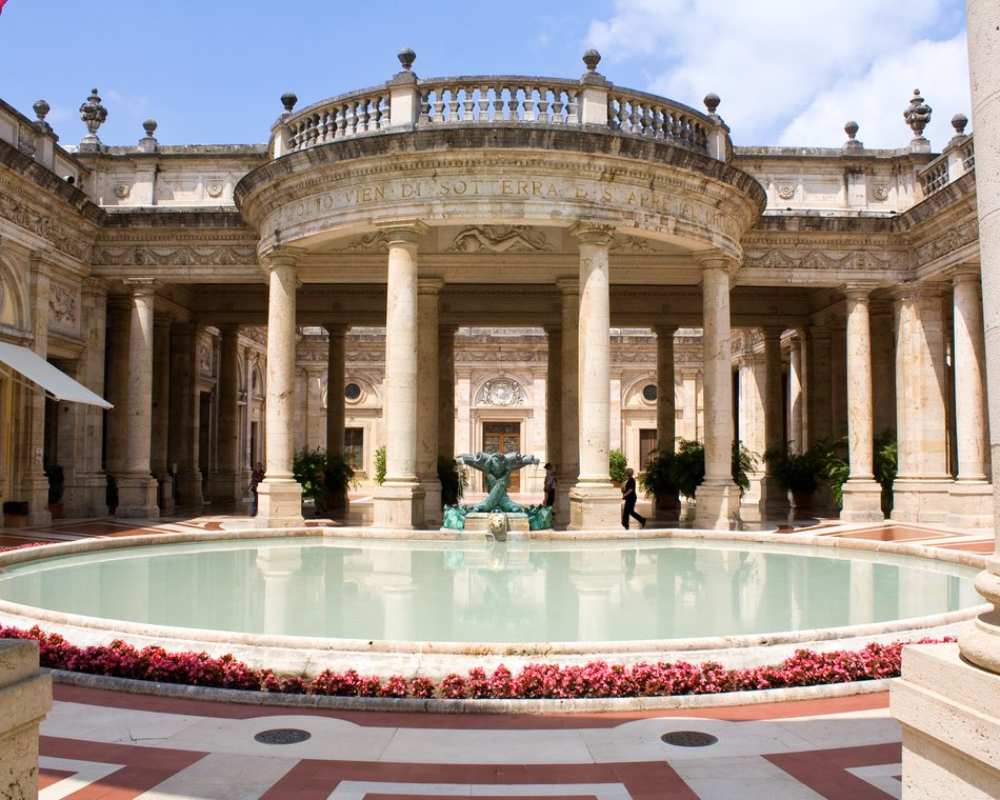
Grotta Giusti – Monsummano Terme
The Grotta Giusti, in Monsummano Terme, with stalactites and stalagmites, “full” of natural steam, was discovered by accident by a group of workers in 1849.
During the 19th century, the curative properties of the air and waters of the cave, rich in mineral salts, were verified and proved to be so important that it was decided to built a thermal establishment inside the cave. Over the course of time, many extensions and renovation works were carried out: today the three steam caves form a real natural Turkish bath, with water ranging from 24°C to 34°C, as we move from the Paradiso cave to the Purgatorio cave and finally to the Inferno cave.
The names of the three areas are inspired by the suggestive feeling given by the atmosphere inside the cave… it is a veritable “dantesque” environment!
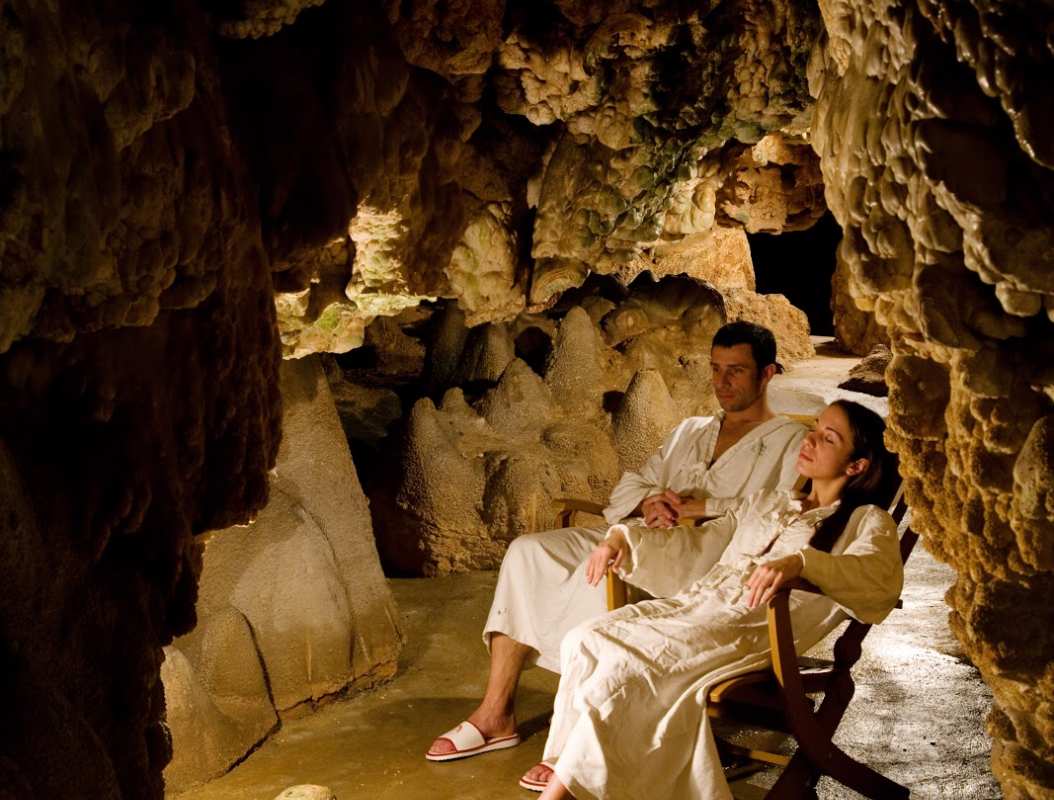
Bagni di Pisa – San Giuliano Terme
Is this the place where Mary Shelley created her monstrous Frankenstein? So goes the legend… What it is sure is that the writer was one of the many well-know guests that used to visit and enjoy this beautiful thermal establishment, along with Gustav of Sweden, George IV of England, Vittorio Alfieri, the Cardinal of York, and Carlo Goldoni.
Before these illustrious guests, the place was already loved for its curative waters by the Etruscans and the ancient Romans. In 1743, it became famous among the nobility all over Europe, when Francesco Stefano of Lorena, Grand Duke of Tuscany, made it his own summer spa residence and a fashionable meeting place.
Bagni di Pisa has a splendid palace with frescoed ceilings, terracotta flooring, marble decor and a small thermal grotto, called the Grand Duke’s Hammam, where it is possible to take a romantic and (very) hot steam bath.
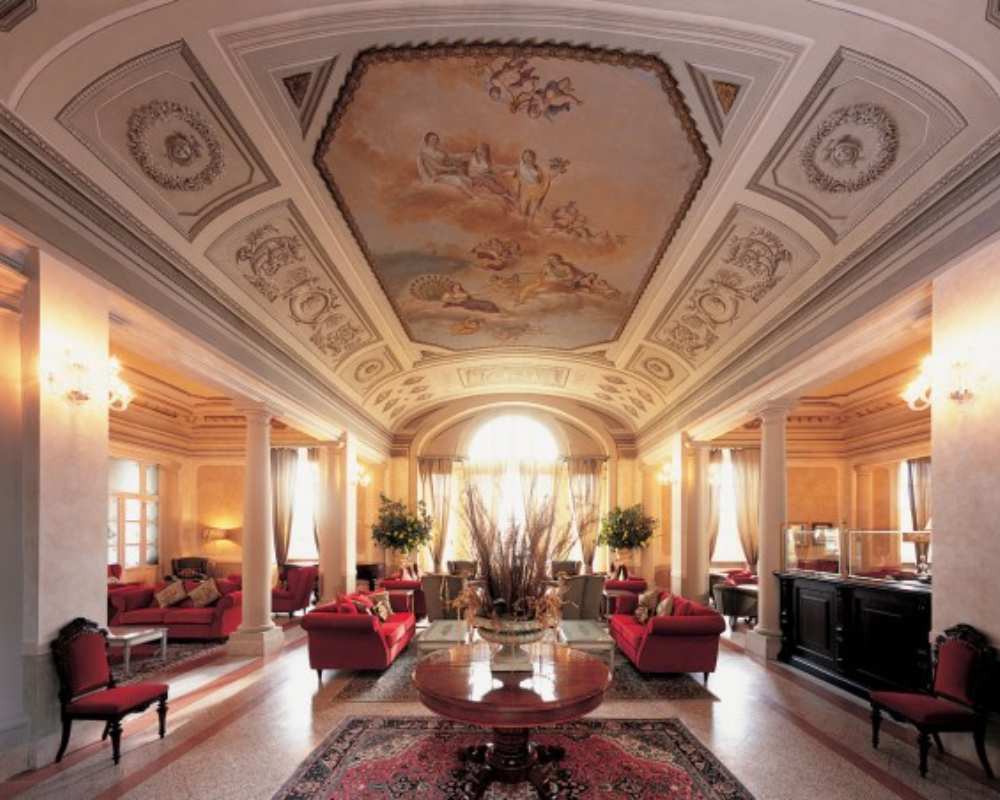
Bagno Vignoni
Here, in this small and fascinating village in the Siena province, located in the heart of Val d’Orcia, there is something truly unexpected and unique: a huge thermal pool in the middle of the town, where the main square is supposed to be!
The “square” is called Piazza delle Sorgenti (the 'Square of Springs') and it is a large rectangular pool (from the 16th century), which holds the original spring that provides the town with its thermal waters. The curative properties of these volcanic springs were first discovered by the Etruscans and later appreciated by the Romans.
Today, the pool can no longer be used by visitors to take a bath. The thermal waters of the spring are used at the nearby spa complexes.
